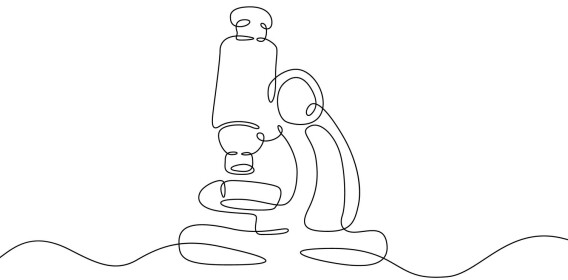Why is the pope called Pontifex Maximus – a several thousand-year-old pagan Roman title?
And has the title been in use since the Romans?

The title Pontifex Maximus can be seen on many public inscriptions, portraits, and coins of various popes.
Either the entire title or the abbreviations P.M. or Pont. Max. is inscribed after the pope's name.

On Pope Francis' Wikipedia page, the title is included after his name.
Another example can be seen below, on a pair of massive bronze doors in the Vatican, installed by Pope Benedict XVI in 2005.
And @pontifex is the pope's handle on X.

Confusingly enough, Pontifex Maximus is not one of the pope's official titles, according to the encyclopedia Britannica. He has numerous other titles, including Bishop of Rome and Summus pontifex (supreme priest).
But Pontifex Maximus is still used in several contexts.
Rome's first emperor
Pontifex Maximus is an ancient title, predating Jesus, Christianity, and the Catholic Church. Its use goes all the way back to the state religion of the Roman Empire and Rome.
Many of the Roman emperors used this title, starting with Rome's first emperor, Augustus. He became emperor in 27 BCE and took the title a few years later, when the previous P. M. died.

But the title was also in use before this.

Before the emperors began to carry the title Pontifex Maximus, it was a separate high-priest position in the old pagan Roman religion, researcher Jon Iddeng tells sciencenorway.no.
The Roman religion had a large number of gods with different functions and festivals, such as the Saturnalia, the grand festival where Saturn played an important role.
Long before the popes and emperors, Pontifex Maximus was thus a position with many tasks, duties, and functions.
“This was the Romans' highest priestly office, responsible for the imperial cult and its associated rites,” says Iddeng.
The Roman religion, which was fully integrated with the state, is called the imperial cult.
Iddeng is an associate professor at the University of South-Eastern Norway. He is also a historian and has written several books about the Roman Empire.
Supreme leader of the priests
Pontifex Maximus was the chief high priest of the College of Pontiffs, called pontifices, who were responsible for several duties.
Exactly what the title means is unclear, but a simplified translation of the word pontifex is bridge-builder, says Iddeng.

Maximus is a well-known term that was widely used in a Roman context. It means greatest or largest. One example is the Circus Maximus in Rome, which means the largest arena.

Ritual duties in wartime
Iddeng explains that the Pontifex Maximus had ritual duties in connection with declaring war, such as throwing a spear into the enemy's territory.
Those who held this role also kept track of the religious calendar, which changed according to the full moon and other factors.
But since these priests kept track of the calendar and annual records, they also held a great deal of power.
“There’s a lot of power in having control over time. Since there was no fixed calendar, it was set by the priests,” says Iddeng.
This power became even more concentrated when emperors took over the role. And this continued for several centuries.

Pontifex Maximus disappeared
It is uncertain when emperors stopped using the title of Pontifex Maximus, says Iddeng.
“It seems that Emperor Gratian declined to use this title,” he says.
The Roman emperors were central figures in the ancient Roman religion. The emperor also served as high priest, since he was Pontifex Maximus.
But at some point, the emperors in the Roman Empire also became Christians. Gratian was one of the early Christian emperors and reigned from 367 to 383 CE in the Western Roman Empire.
Iddeng notes that the title of Pontifex was used for early Christian bishops. He also says that there are examples of other variations of such titles from this time, for example that Christian emperors were called Pontifex Inclitus, a kind of honorary priest.
But the use of the P. M. term disappeared for many centuries, according to the Great Norwegian Encyclopedia.
“Perhaps it was too closely tied to the pagan religion,” says Iddeng.
When did the title reappear?
There is some uncertainty about when popes started using the title. Several researchers argue that it was not in use in late antiquity. It began to appear during the Renaissance, in the 1400s, according to this research article from 2017.
Popes began to use it in the Renaissance, perhaps to link the popes of that time in Rome to the former power of the Roman Empire, and to legitimise the pope in Rome, says Iddeng.
“After that, it stuck,” he says.
An example can be seen below in the 16th-century portrait of Pope Paul II (1464-1471), who bears the title Pont. Max.

Today, the title still appears in various representations of the pope, such as on religious medallions. An example with Pope Francis can be seen here.
The Pont. Max. title was also used on coins following names from the Roman Republic and after the names of Roman emperors, according to Wikipedia.
———
Translated by Ingrid P. Nuse
Read the Norwegian version of this article on forskning.no
Related content:

Subscribe to our newsletter
The latest news from Science Norway, sent twice a week and completely free.






































